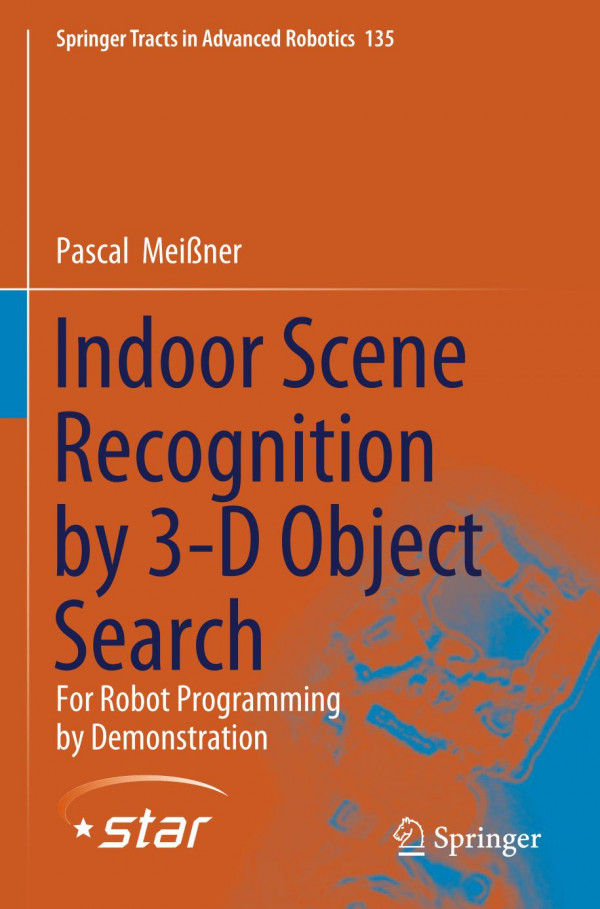

Most ebook files are in PDF format, so you can easily read them using various software such as Foxit Reader or directly on the Google Chrome browser.
Some ebook files are released by publishers in other formats such as .awz, .mobi, .epub, .fb2, etc. You may need to install specific software to read these formats on mobile/PC, such as Calibre.
Please read the tutorial at this link: https://ebookbell.com/faq
We offer FREE conversion to the popular formats you request; however, this may take some time. Therefore, right after payment, please email us, and we will try to provide the service as quickly as possible.
For some exceptional file formats or broken links (if any), please refrain from opening any disputes. Instead, email us first, and we will try to assist within a maximum of 6 hours.
EbookBell Team

5.0
80 reviewsThis book focuses on enabling mobile robots to recognize scenes in indoor environments, in order to allow them to determine which actions are appropriate at which points in time. In concrete terms, future robots will have to solve the classification problem represented by scene recognition sufficiently well for them to act independently in human-centered environments. To achieve accurate yet versatile indoor scene recognition, the book presents a hierarchical data structure for scenes – the Implicit Shape Model trees. Further, it also provides training and recognition algorithms for these trees. In general, entire indoor scenes cannot be perceived from a single point of view. To address this problem the authors introduce Active Scene Recognition (ASR), a concept that embeds canonical scene recognition in a decision-making system that selects camera views for a mobile robot to drive to so that it can find objects not yet localized. The authors formalize the automatic selection of camera views as a Next-Best-View (NBV) problem to which they contribute an algorithmic solution, which focuses on realistic problem modeling while maintaining its computational efficiency. Lastly, the book introduces a method for predicting the poses of objects to be searched, establishing the otherwise missing link between scene recognition and NBV estimation.